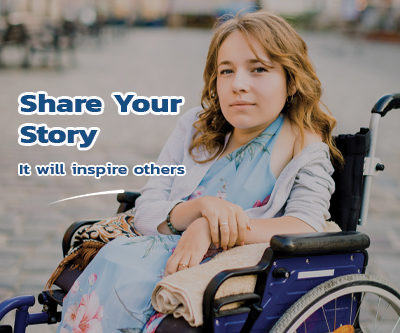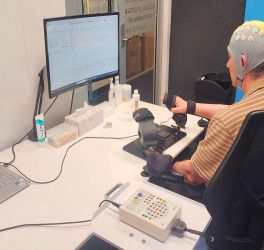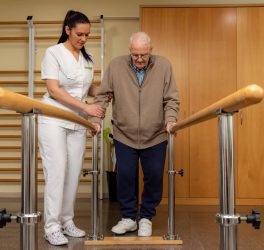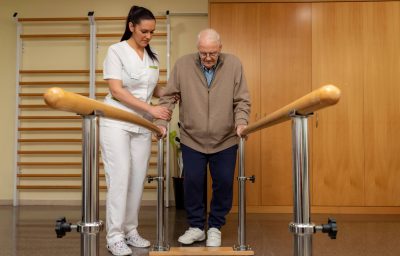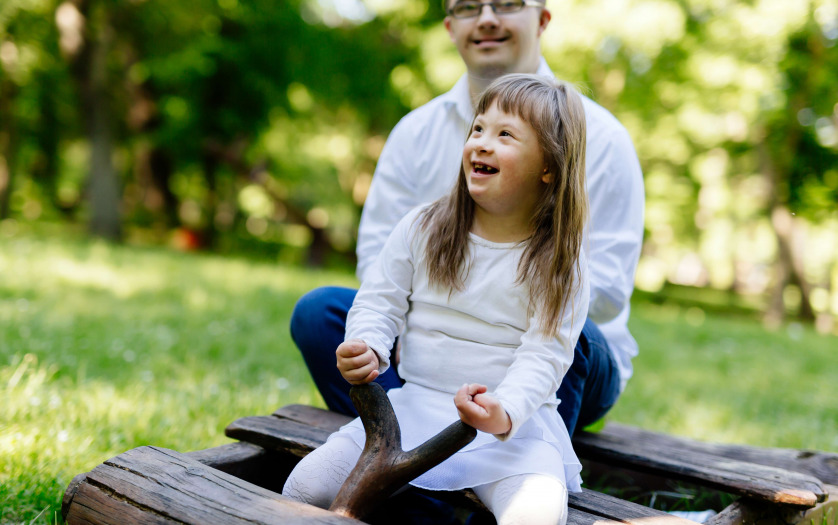
Children are more likely to have a developmental disability in rural areas, but they’re less likely to access certain services that could help them, according to a new report from the Centers for Disease Control and Prevention.
When children grow up in a safe and nurturing home environment, have opportunities to learn, and time to interact and build relationships with other children, they are more likely to reach their full potential. This is especially true for children with mental, behavioral, and developmental disabilities.
Mental, behavioral, and developmental disorders, such as anxiety, attention-deficit/hyperactivity disorder or ADHD, and learning problems, often begin in early childhood and can affect life-long health and well-being. Children with disabilities face challenges at home, at school, and with friends. About 1 in 7 U.S. children aged 2-8 years have a mental, behavioral, and/or developmental disability reported by a parent.
Previous research has shown that children with mental, behavioral, and developmental disorders and their families face personal, financial, and neighborhood challenges more often than families of children without these disorders. These challenges may make it harder for some parents to give their child the resources they need to thrive. The type of community that families live in, urban versus rural, may increase these challenges.
To better understand the differences between urban and rural areas, Centers for Disease Control and Prevention (CDC) researchers collected information from parents on children’s mental health in both urban and rural areas. Parents were asked questions about their child’s mental health, their own mental health, their neighborhood, and other personal and community factors.
